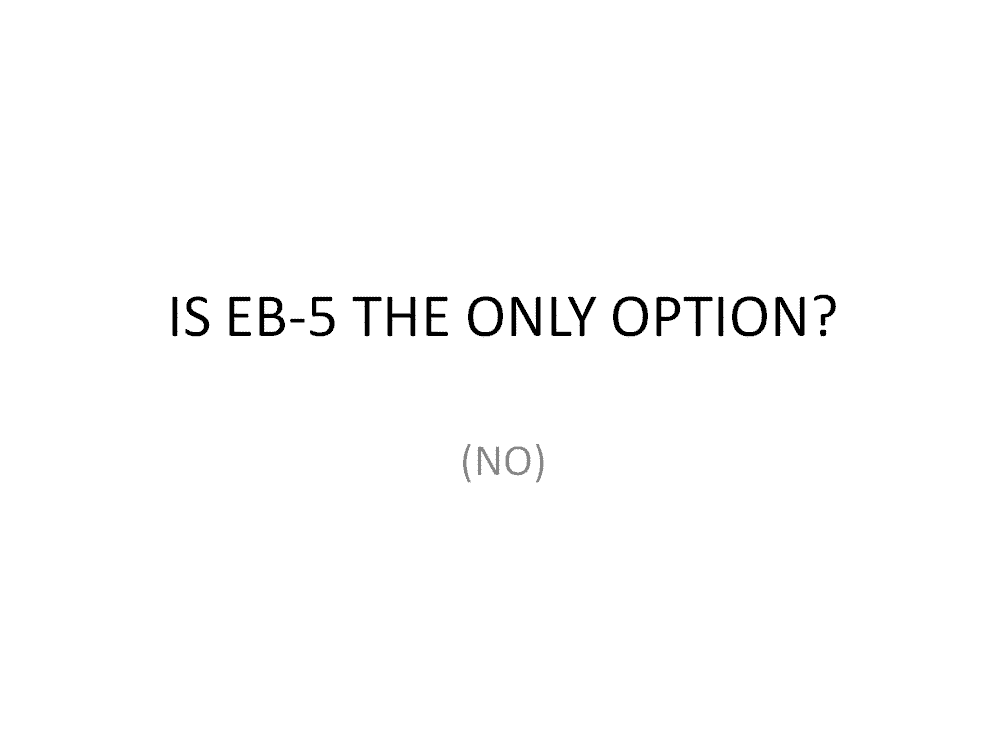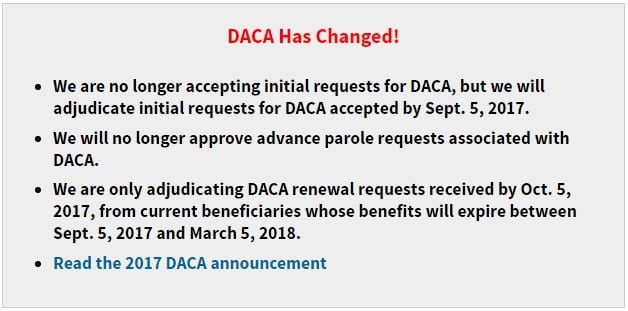How to check your Immigration case status online

Immigration clients often call in for their immigration case statuses, wondering if an attorney has more insight into their USCIS case processing than they do. The truth is that most of the time when they call us, we check their status online. Back in the day, we would have to make a note of it, […]
Is your EB-5 investment a scam?

The U.S. EB-5 Immigrant Investment Program offers foreign investors and entrepreneurs permanent residence (a green card) in exchange for an investment of $1 million (or $500,000 for targeted employment areas) and job creation. Over the years, EB-5 investment has virtually guaranteed its investors citizenship, even if it cannot guarantee a return on its high-risk investment. […]
Pay your USCIS filing fees with a credit card

United States Citizenship and Immigration Services (USCIS) has announced that it will be accepting credit card payments for certain forms. You can now pay your immigration application filing fees using VISA, MasterCard, American Express, or Discover cards. A credit card can be used to pay for the following applications: EOIR-29 – Notice of Appeal to […]
EB-5 and L-1 Investment Options

Scenario: You have a real estate client who wants to come to the United States and stay here. Maybe not now, but he wants to eventually immigrate here. The question is how does he do it? How can real estate contribute to his desire to immigrate to the U.S.? Is it part of his plan […]
How difficult is it to immigrate to the U.S., to get a green card, right now?

It is very difficult. But it is not impossible, given the right circumstances. And that is what we do, help our clients to find the right circumstances that would allow them to immigrate to the United States. What are “the right circumstances”? The U.S. like any country, or individual, looks out for its own […]
Support for DACA

Renew your DACA by Oct 5, 2017 You can renew your DACA if your DACA is expiring between September 5, 2017 and March 5, 2018, but your application must be received before October 5, 2017. If your DACA is expiring after March 5, 2018, it will be valid until its expiration date. You will […]
So I want to apply for a Green Card…

If you were applying for a green card in the past, you could do it yourself. However, today you need competent counsel to help you. Our current government is changeable, as evidenced by the new eighteen-page I-485 Adjustment of Status form–as opposed to the old six-page form. Now, the need for an attorney begins before […]
Family Adjustment of Status – Divorced parents – by Albert Justin Lum

Family Based I-130 – Reminder to parents! It is important to keep records of the care you give your children, even when divorced. We recently helped a client to obtain permanent resident status based on a petition from the U.S. citizen child as a divorced parent who did not have custody of the child. A […]
Choose Your Representative Wisely

IMMIGRATION – ASYLUM APPEAL Recently I appeared before the Ninth Circuit for oral argument on a immigration appeal where my client was originally granted asylum, but the case was reopened on a motion by the government and subsequently the trial court found he had filed a frivolous asylum application but still granted him withholding of […]
Why Should I Hire an Immigration Law Attorney for Myself?

Immigration procedures are long and complicated, and they usually take a lot of time to complete. Even after you’ve completed the form filling, the time you have to wait for approval is an exceptionally long one. In some cases, the approval may take a few months or even several years. At other times, people have […]
I’m an immigrant, do I qualify for government assistance?

You may qualify for government benefits, whether it’s low-cost insurance, food stamps, rent-control housing, etc. (check if you qualify here), but what you should be asking yourself is whether you need government assistance. You might be inadmissible… Every immigrant application asks if you will become a public charge, which means a public burden (someone who relies […]
Immigration: What is a “waiver” and how do I get it?

A waiver is “legal forgiveness”, which can be requested if you have a condition, a record, or any other reason why you may be considered “inadmissible” or if you’re in the US “unlawfully” (out of status). If you’re deemed inadmissible, find the I-601 form and information here. If you’re unlawfully present (illegal), find the I-601A […]

